Washing School Recap: Five Hot Topics to Know
From man sand to water recovery and equipment overlap, here are topics that got the most attention at our recent Washing Equipment Dealer Sales School.
PUBLISHED: JUNE 2025
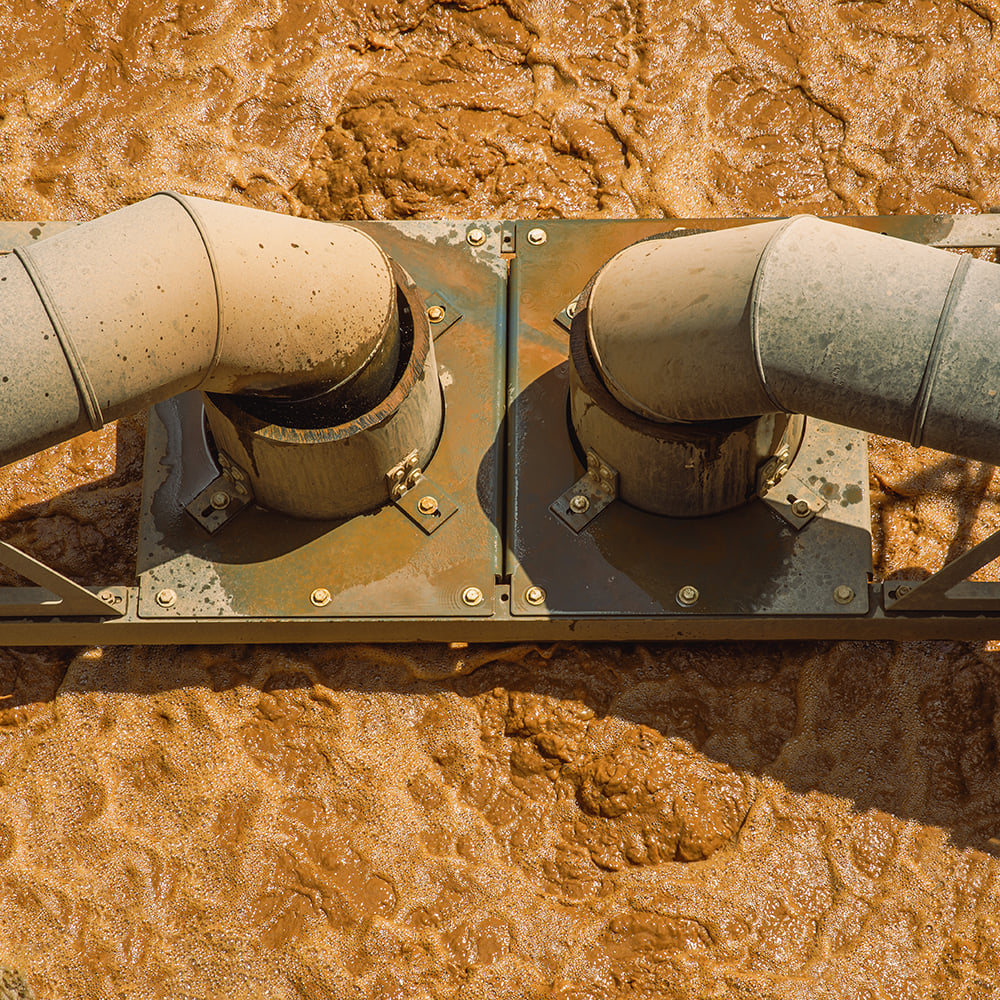
Held the first week of May, our latest Washing Dealer Sales School brought together 50 sales pros from a dozen different dealerships. Over the course of two days, we explored topics like material gradations, product selection, and system design.
As always, the most valuable lessons emerged not just from the presentations, but from the questions, conversations, and follow-ups that followed. These five subjects hit home and reflect the challenges and opportunities dealers are seeing in the field.
5. Stop Saleable Material from Washing Away
When washing equipment underperforms or goes unchecked, saleable material can be lost to the wastewater stream. The result is overflowing ponds, rising chemical costs, dirty return water, and lost profit. In many cases, these issues start small and are easy to miss.
Keep an eye out for early signs like sandbars forming too quickly at the waste pond’s discharge, material buildup at the back of sand screws, or unexpected changes to gradation in stockpiles. Ponds that fill too fast are also red flags that something upstream isn't working properly.

Simple checks that can reduce loss:
- Use a fines retention sieve to confirm whether valuable product is leaving the system.
- Work with chemical suppliers to dial in flocculant dosage based on solids and flow...don't guess!
- Audit cyclone settings if stockpile gradations change. Material escaping the vortex finder is a common culprit.
- Log pond cleanout frequency, then match it against historical norms to spot timing of decline.
4. Filling the Natural Sand Gap
Natural deposits of sand are getting harder to find, yet demand for fine sand — especially in concrete and asphalt production — hasn’t slowed. That’s why more producers are turning to manufactured sand to replace what nature no longer provides.
This is where dealers can insert real, equipment-backed value. Producing man sand isn’t just about crushing, it demands precise washing to remove excess fines, control gradation, and consistently hit spec.
By asking the right questions about target gradations, feed materials, and water availability, dealers can also offer practical, equipment-based solutions:
- Recovery Systems that reclaim saleable fines from wastewater.
- Classifying Tanks that manage variable feeds and hit target specs.
- Sand Circuits that integrate crushing and washing into one process.
- Dewatering Screens that boost cleanliness and material readiness.
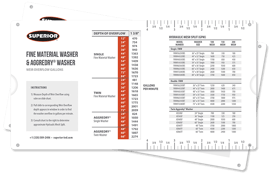
Coming Soon: Your Pocket-Sized Spec Guide!
You asked for it at Washing Sales School and we’re building it now! This compact slide chart is designed for the field, making it easy to size washers and check flow, speed, and performance of your customers equipment in seconds.
3. Choosing Between Overlapping Options
Wet processing applications vary widely from one site to another, which means the same task (like fines recovery or dewatering) can often be accomplished with different types of equipment. From cyclones to sand screws, attrition mills to blade mills, the challenge isn’t finding equipment that can do the job, it’s identifying which option is the best fit for the site, material, spec, and budget.
Dealers can offer value by asking the right questions:
- What does the gradation curve look like?
- How dirty is the deposit?
- What are the water constraints?
- Can we complete this data sheet together?
From there, Superior can help match answers to the right mix of equipment.
For example, cyclones make sharp cuts for fines recovery, but they don’t blend material like a classifying tank. A classifying tank, on the other hand, is ideal for spec production but requires more footprint and water.
The takeaway? Just because one piece of equipment can do the job doesn’t mean it’s the most efficient or cost-effective way to do it. Helping customers weigh those trade-offs is where the best dealers stand out.
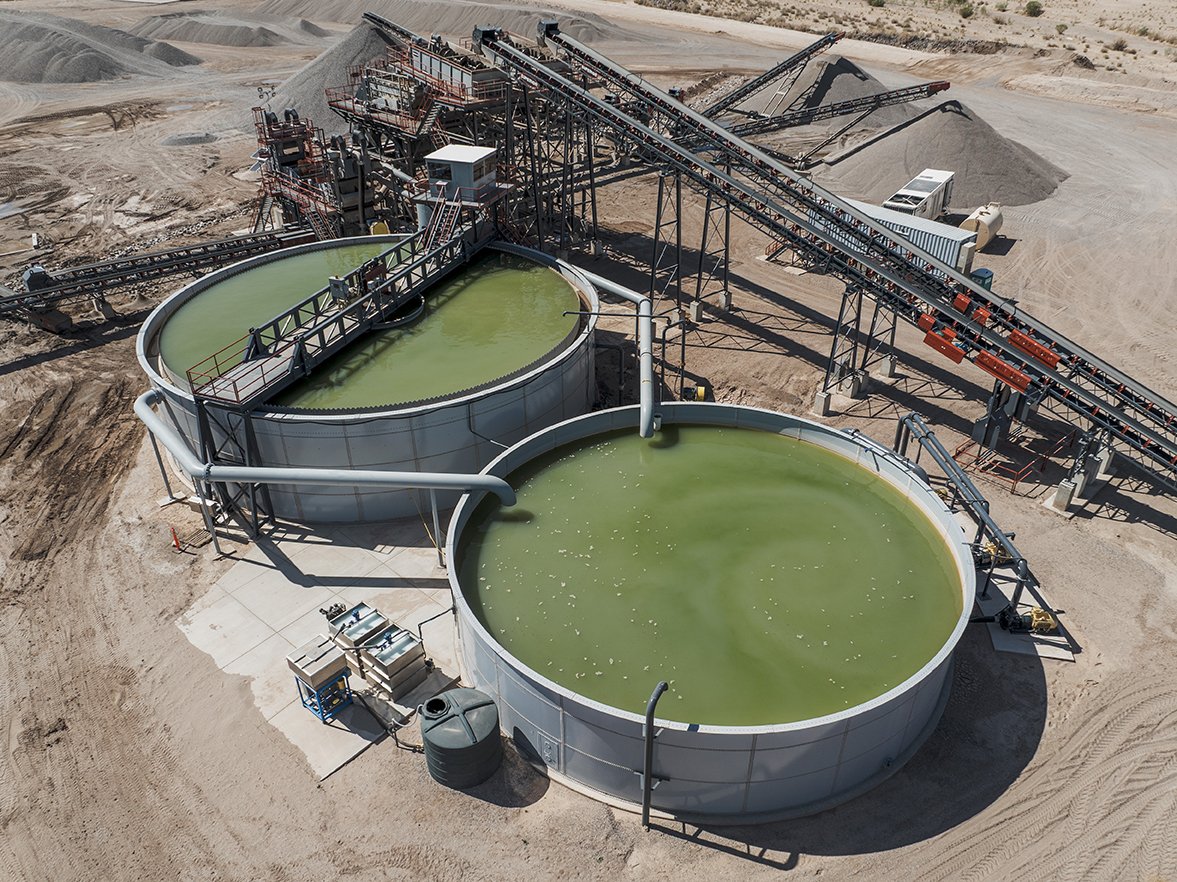
Two thickener tanks at a recently completed project by Superior’s Construction Management team and Kimball Equipment Company. The setup helps Gila River Sand & Gravel recycle process water more efficiently
2. When Water Becomes the Bottleneck
Water use (and re-use) was a trendy topic at the sales school, especially for dealers supporting regions with limited access or strict regulations. Whether it’s designing a new plant or upgrading an existing one, clean water is key to clean product. Recycling dirty water may seem efficient, but it can actually reintroduce fines and clay onto material, while increasing wear on spray bars, pipes, and equipment.
Three common technologies for water reuse include:
- Ultra Fines Recovery (UFR) Systems: Including the Spirit® Sand Plant, these systems capture particles as small as #400-mesh, helping reduce pond buildup, produce a stackable product, and maintain cleaner water for reuse.
- Settling Ponds: These rely on gravity to separate solids and reuse water. They’re simple and familiar but require space, permitting, and frequent cleanouts.
- Clarification Systems: With thickeners and flocculant dosing, these systems deliver very clean water and often eliminate the need for ponds altogether, though there's daily costs associated with chemicals.
Dealers can guide producers by asking about water sources, space constraints, and regulatory pressures. Then, we can work together to recommend the right mix of water-saving equipment.
1. Start with the Right Data
One of the most consistent takeaways from the sales school was about collecting detailed application data early in the sales process. This helps prevent costly redesigns and ensures producers get the right equipment configuration the first time.
Dealers can lead the conversation by using Superior’s Washing Application Questionnaire, which captures critical details like feed and finished tonnage, product specs, raw material gradation, site constraints, and requirements for fines or wastewater handling.
Don’t skip the discovery phase. The more accurate the data, the more accurate (and successful) the solution.
Other Content This Month
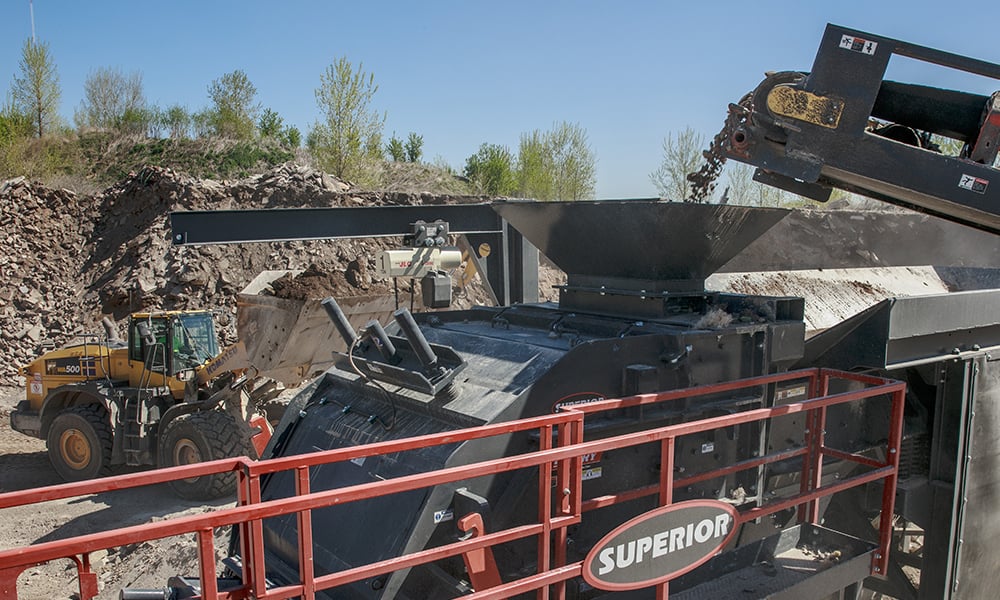
HSI Cheat Sheet: Match the Model to the Mission
Choosing the right horizontal shaft impactor isn’t one-size-fits-all. This breakdown helps dealers align machine performance with applications.
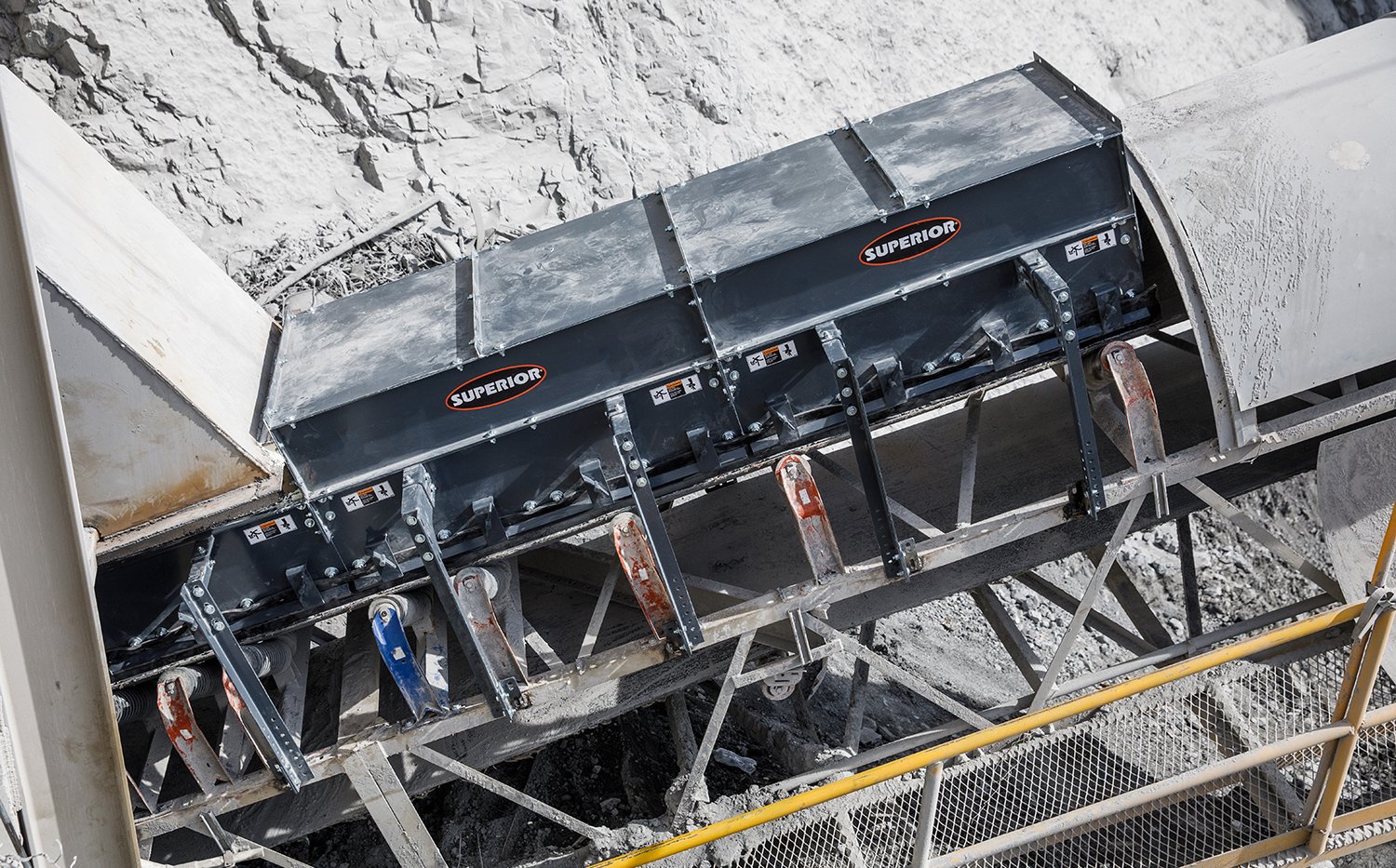
Dust Compliance is Coming: Are Your Customers Ready?
With regulations tightening, dealers have a growing chance to offer dust control solutions that improve performance and open the door to upsells.
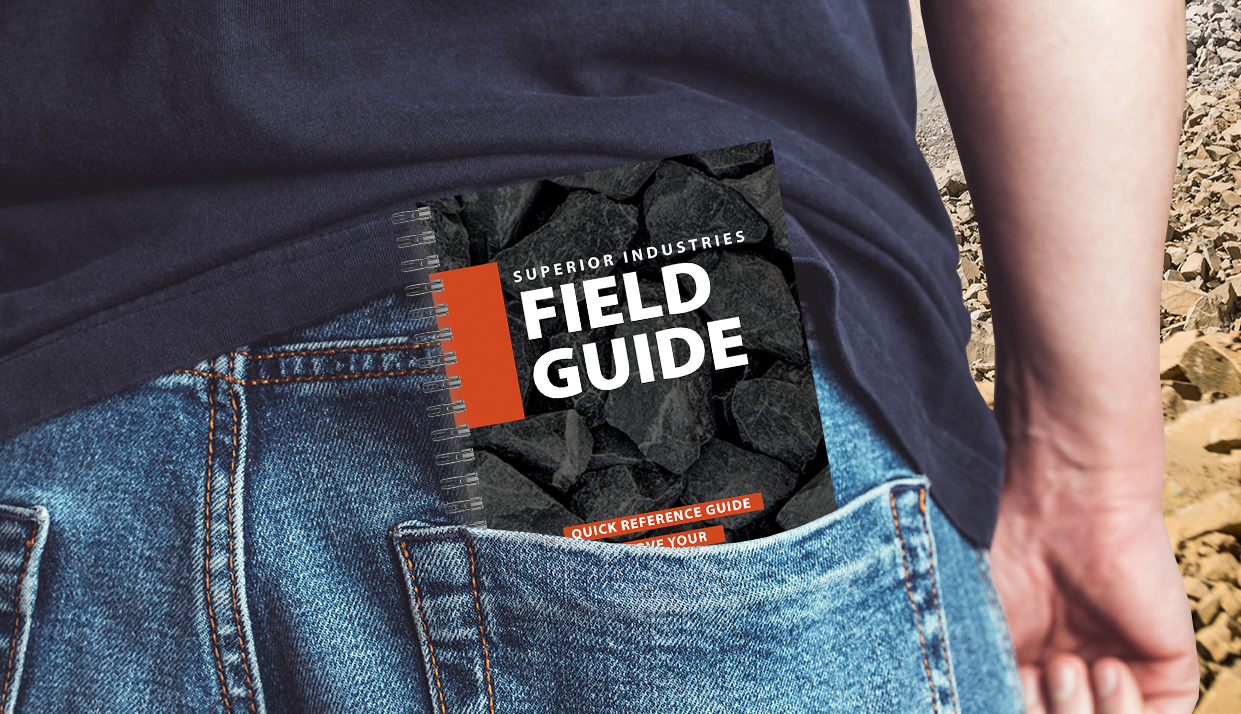
The Updated Field Guide Delivers Real-World Support
From updated specs to troubleshooting tips, this hands-on reference helps your team spec, service, and sell Superior equipment with confidence.
